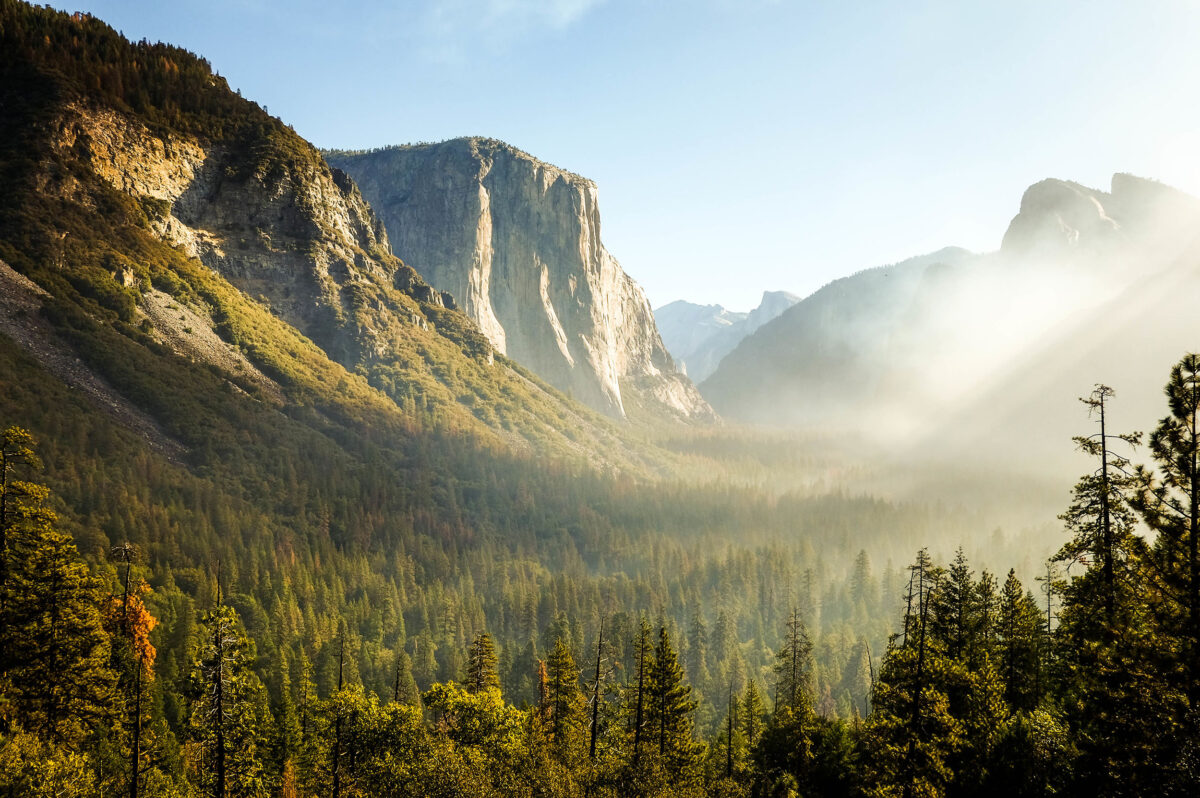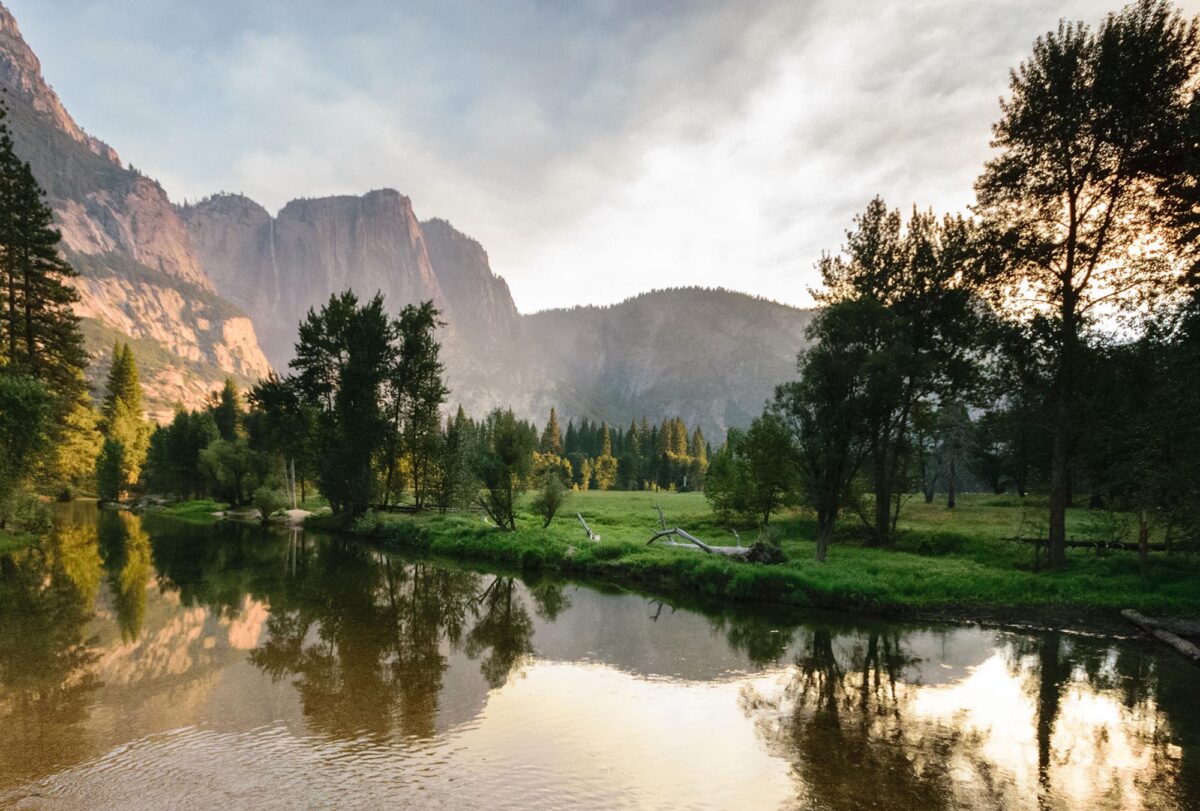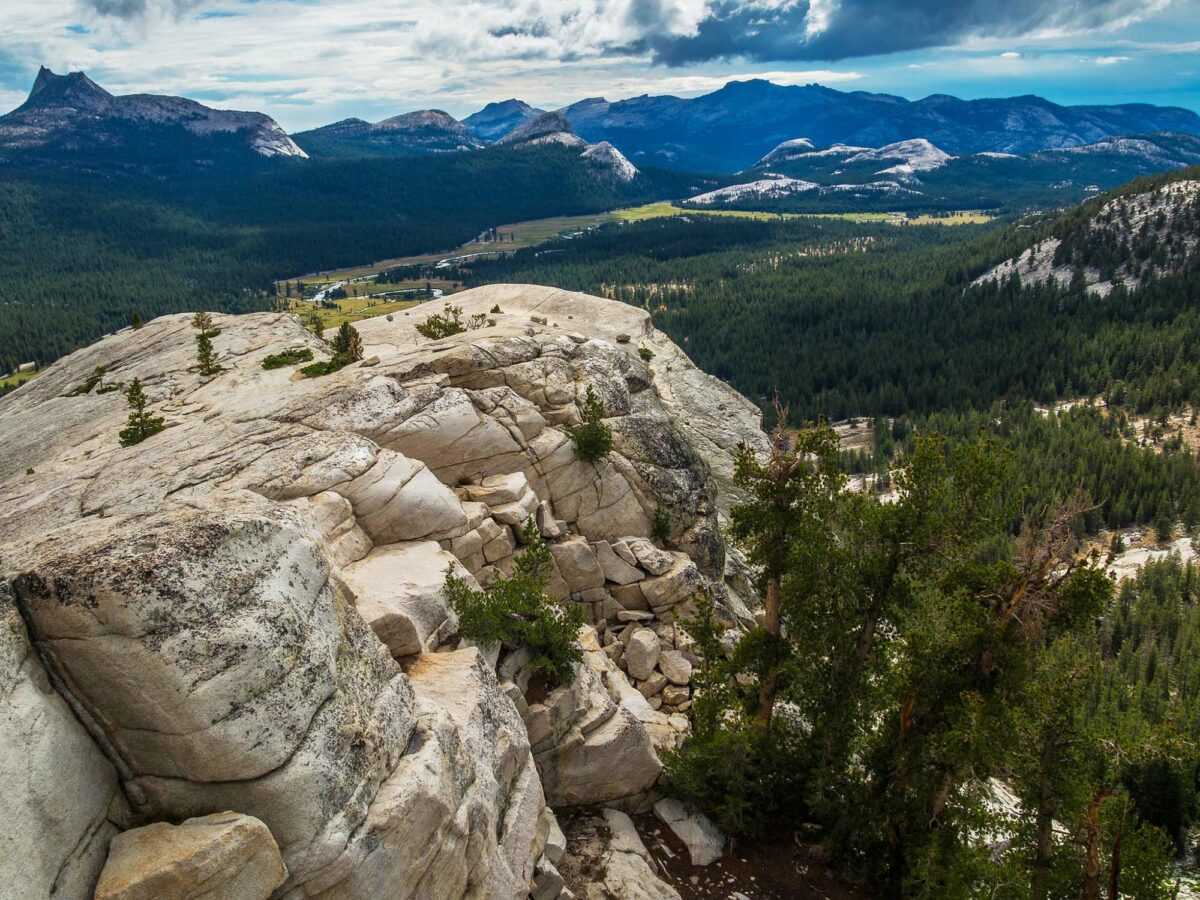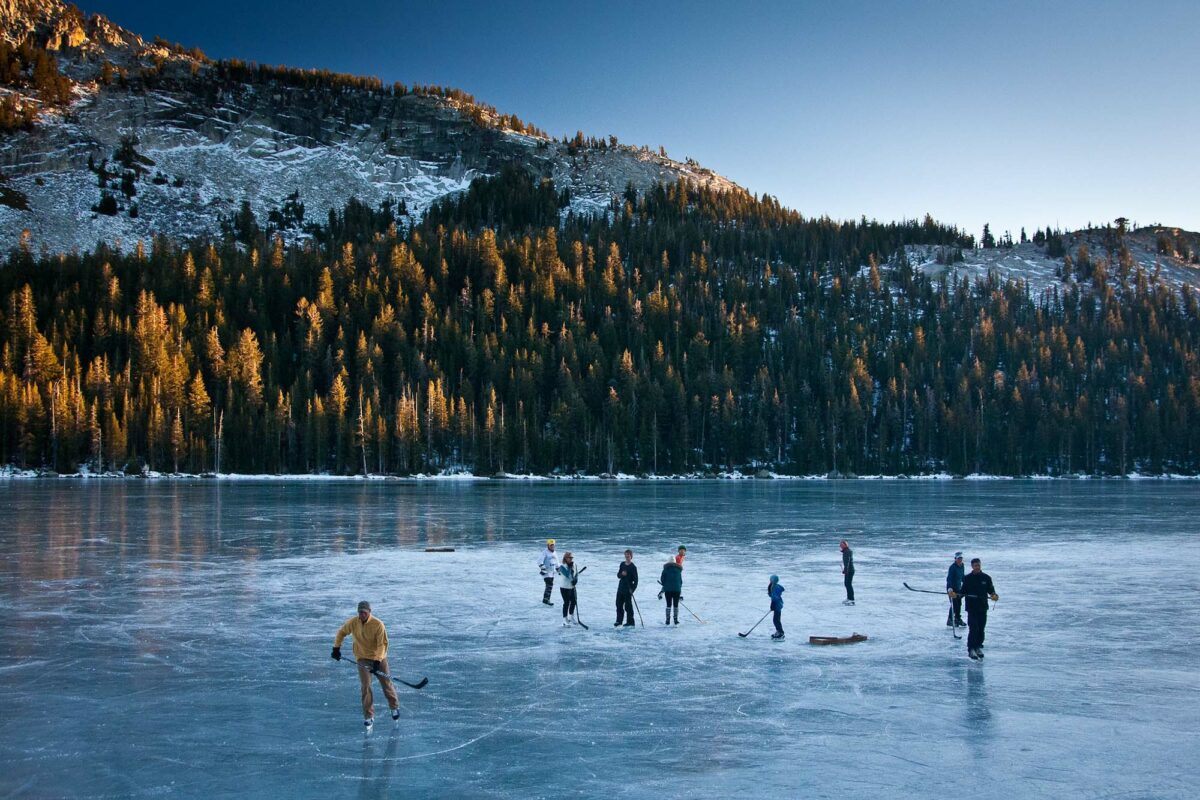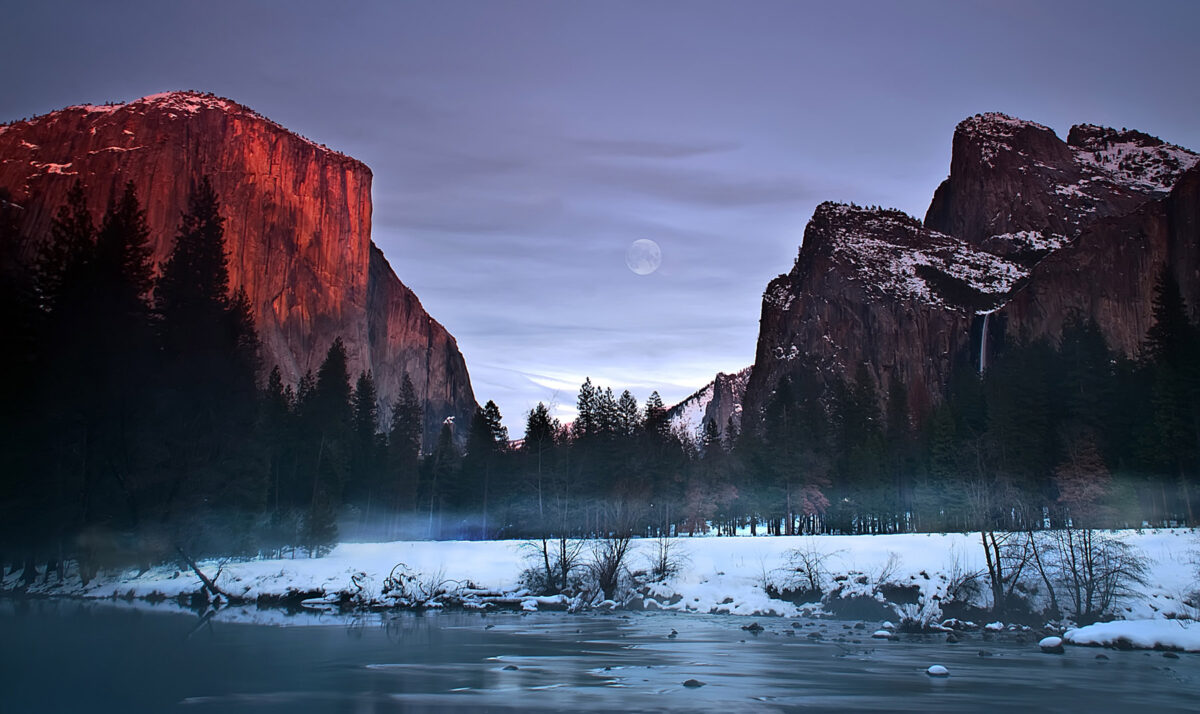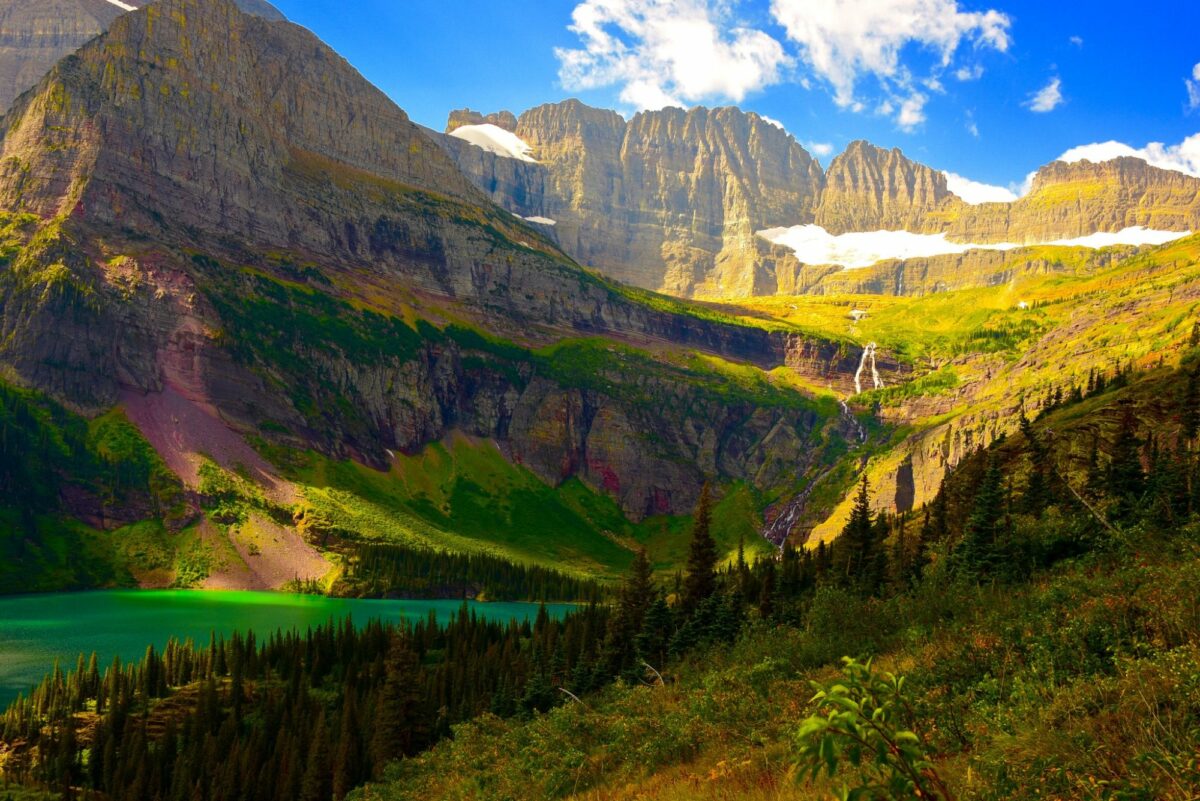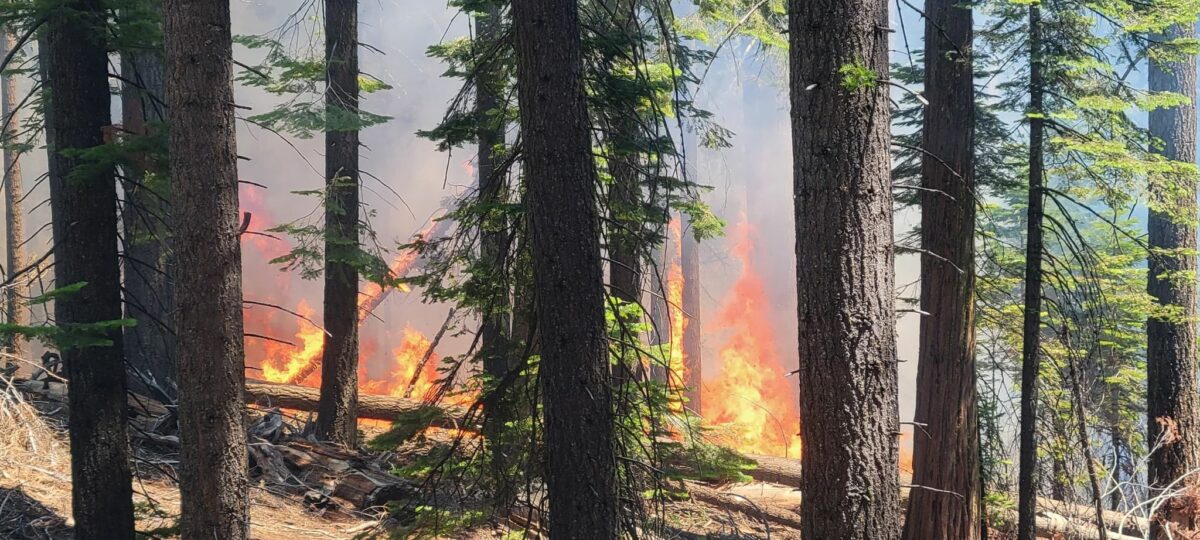California is a state that enjoys a bounty of natural wonders. In fact, it has the most national parks of any state in America. The state’s nine national parks include Channel Islands, Death Valley, Joshua Tree, Sequoia & Kings Canyon, Lassen Volcanic, Pinnacles, Redwood, and last but not least, Yosemite.
Yosemite National Park is the third oldest national park, after Yellowstone and Sequoia. Established as a national park in 1872, Yosemite also became a World Heritage Site in 1984. The site protects roughly 750,000 acres of meadows, valleys, mountains, and more. These stunning landscapes help make Yosemite one of the country’s most visited national parks. Before you visit, get to know the area with these answers to some of the most commonly asked Yosemite National Park questions. Plus, find resources to help you plan your trip.

Where is Yosemite National Park?
Let’s start with the basics. Where is Yosemite National Park? As the park website explains, since Yosemite “covers nearly 1,200 square miles of mountainous terrain in the Sierra Nevada of California” there is no “single address” for the destination. When visiting the park, old-school maps and park-provided directions will be most helpful.
Visitors coming from San Francisco can expect the drive into Yosemite to take around four hours. If you’re coming from Reno, the drive will take between four and six hours. For help planning your trip, check out Yosemite’s driving directions hub for more detailed information. This resource even includes tips for driving between sites within the park.

What to do in Yosemite?
Curious tourists will find endless things to do in Yosemite National Park. Sightseers can explore a variety of gorgeous overlooks and marvel at the majesty of El Capitan or the serenity of the Merced River. Hikers will feel on top of the world during a Half Dome Hike and can enjoy fall color on Valley Loop Trail. Rock climbers can also find fun adventures at Yosemite. Try a crack climb at Merced River Canyon, go alpine climbing at Cathedral Peak, or do a trad climb up El Capitan. This guide will point you toward even more climbing options at Yosemite.
That’s not all Yosemite has to offer, though. Scenic drives, wildlife viewing, biking, fishing, stargazing, and more make the park paradise for active travelers. Yosemite also ranks as one of the top 10 most accessible national parks, so everyone can join in on the fun.

What to see in Yosemite National Park?
Now that you know some of the activities available at Yosemite, let’s dive into the incredible things you’ll see when you visit. With 1,200 square miles of wild beauty, Yosemite National Park has a lot of sights to see. Here are a few of the park’s most iconic landmarks to look out for:
- El Capitan
- Half Dome
- Bridalveil Fall
- Glacier Point
- Mariposa Grove
- Merced River
- Tunnel View
- Tuolumne Meadows
- Yosemite Falls
- Cathedral Peak
If you’re near Yosemite during February, you’ll also want to try catching a glimpse of firefall at Horsetail Fall. Here’s a glimpse of the magic you’ll be able to see there.

